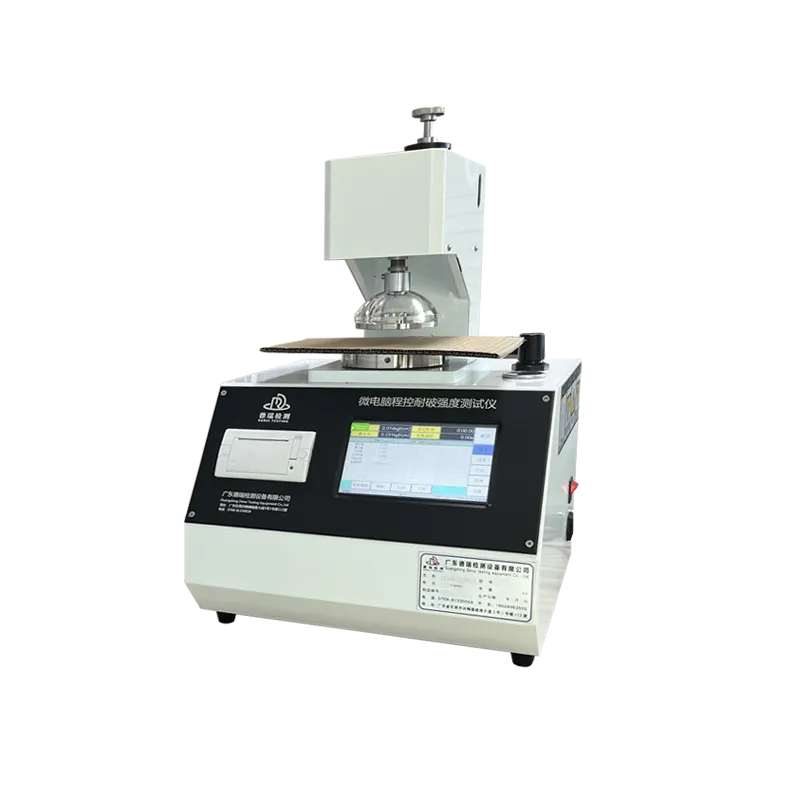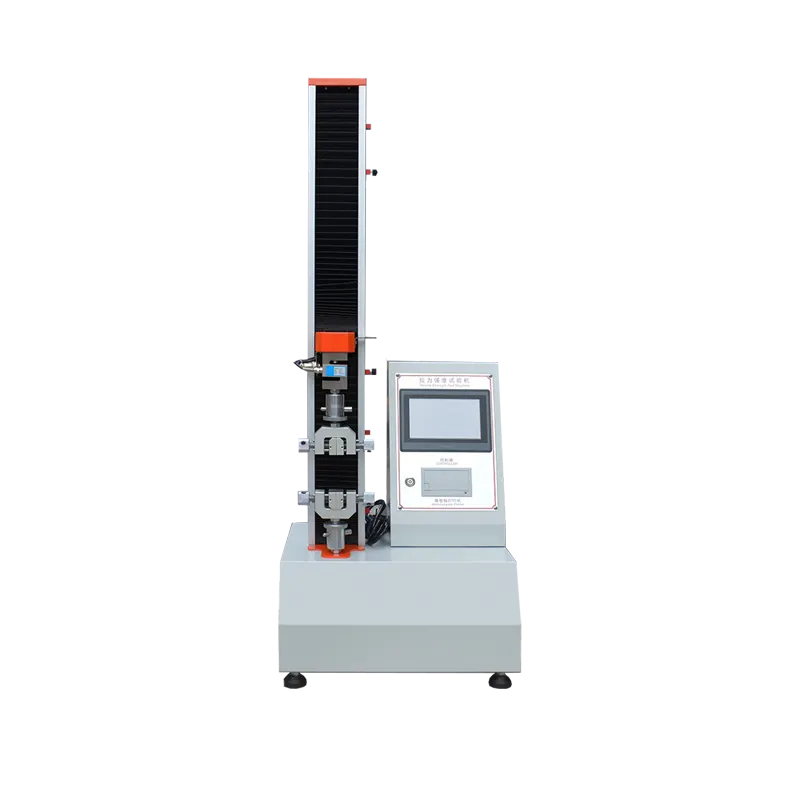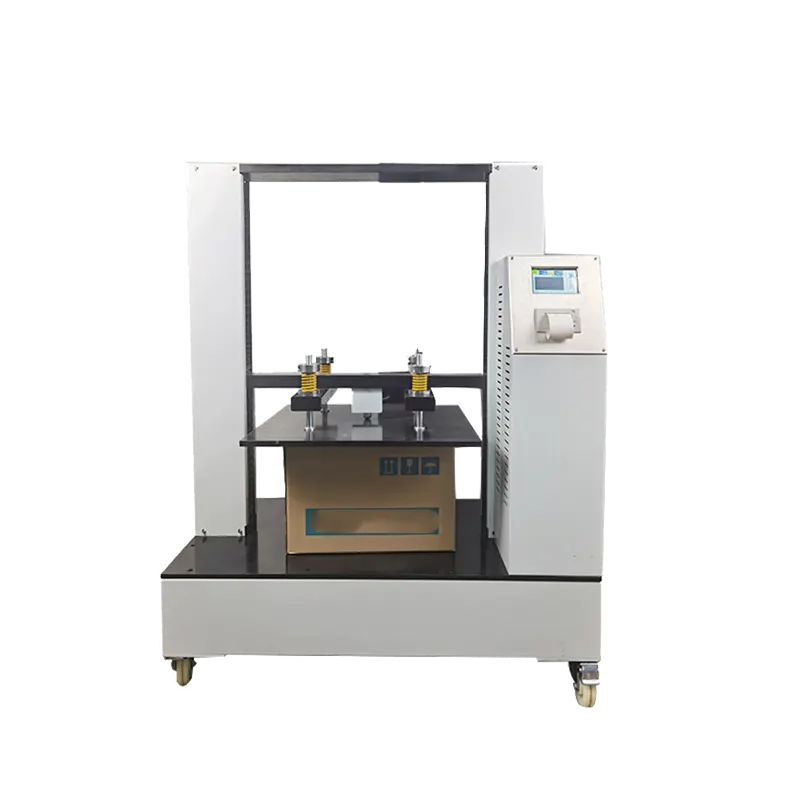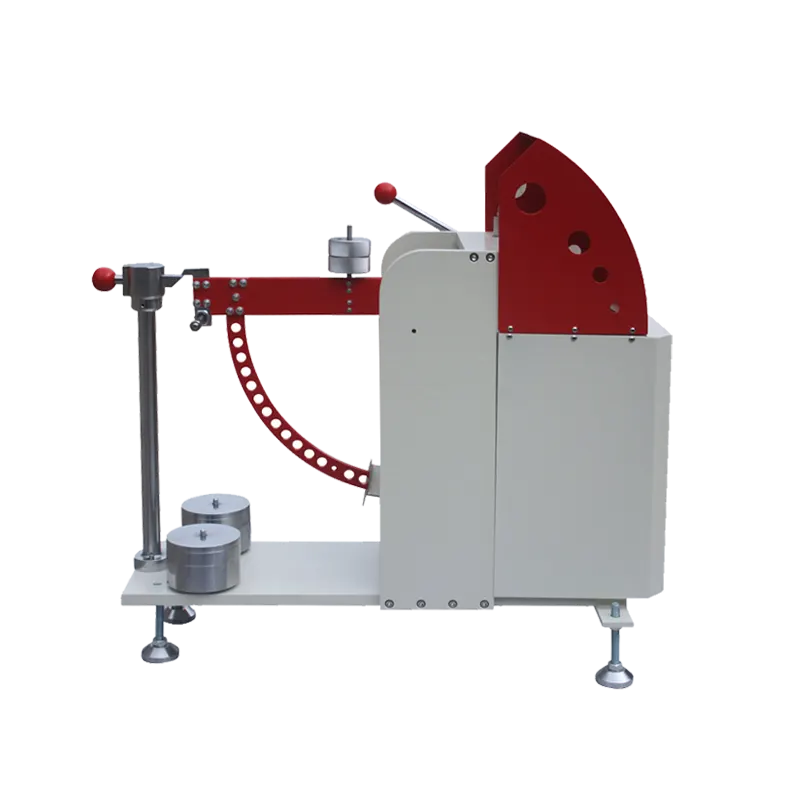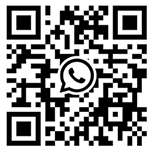If you’re exploring ways to sharpen spatial reasoning skills or streamline cognitive assessments, the MIT Paper Folding Test Machine is a game-changer you need to know about. This innovative approach turns a classic mental visualization challenge into a high-tech, automated experience—transforming how educators, psychologists, and recruiters measure spatial intelligence. Whether you’re curious about how the machine works or interested in the cutting-edge technology behind it, this introduction will set the stage for everything you need to understand about this remarkable tool. Let’s dive into the future of cognitive testing.
What is the MIT Paper Folding Test
The MIT Paper Folding Test is a well-known cognitive assessment designed to evaluate spatial intelligence and visualization skills. Originally developed at the Massachusetts Institute of Technology (MIT), this test measures an individual’s ability to mentally manipulate and visualize folded paper patterns—a key component of spatial reasoning.
In the traditional version, test-takers are presented with diagrams depicting a flat sheet of paper being folded a series of times. After the folds, a punch or hole is made in the folded sheet. The challenge is to predict what the paper looks like when unfolded. This requires mentally “unfolding” the paper step-by-step to determine the location of holes or creases.
The test is typically structured with multiple-choice questions, where participants select the correct unfolded pattern from several options. This format is straightforward yet effective in gauging how well someone can visualize transformations in three-dimensional space based on two-dimensional representations. The MIT Paper Folding Test remains a valuable tool in educational and psychological settings for assessing spatial reasoning abilities critical to fields like engineering, architecture, and technology.
The Evolution from Manual to Machine-Assisted Testing
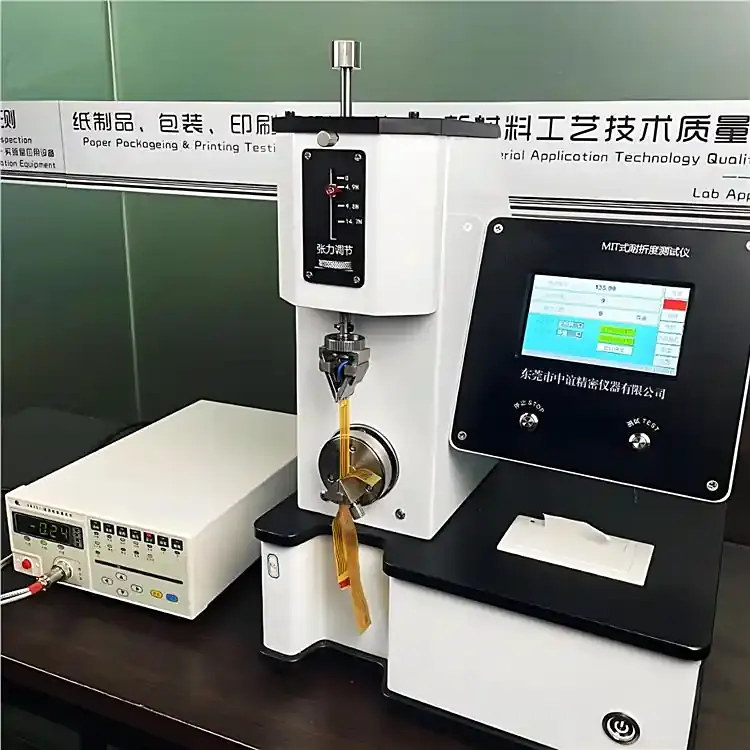
The traditional MIT paper folding test, while effective, often comes with challenges in manual administration and scoring. Handling physical paper folds and visually checking answers can be time-consuming, prone to human errors, and hard to standardize across different testers. This makes large-scale testing or quick evaluations complicated.
To address these issues, machine-assisted options have emerged. These include digital platforms that simulate paper folding tasks on computers or tablets. Such spatial reasoning test machines allow users to interact with virtual folds, reducing the reliance on physical materials.
Automated scoring tools also play a big role in improving accuracy. Using imaging and pattern recognition, these systems quickly compare participant responses against correct solutions. More advanced solutions now harness AI to enhance evaluation, identifying partial credit in complex folds or spotting subtle errors humans might miss.
Overall, moving from manual to machine-assisted automated paper folding test scoring streamlines testing, boosts precision, and makes cognitive assessments more accessible—especially important in education and recruitment environments here in the U.S.
How Does an MIT Paper Folding Test Machine Work
An MIT paper folding test machine uses a mix of imaging, pattern recognition, and AI software to automate the assessment of spatial reasoning. Here’s a simple breakdown of how it works:
- Imaging and Scanning: The machine captures images of the folded paper or digital representations of the folding task. High-resolution cameras or digital interfaces ensure every fold and detail is recorded.
- Pattern Recognition: Advanced algorithms analyze the fold patterns. They compare the folds to expected outcomes using AI-powered pattern recognition to identify correct or incorrect folds.
- AI Software Algorithms: The AI evaluates spatial relationships, folding sequences, and accuracy. It scores the test automatically, learning from past data to improve precision over time.
For test-takers, the process is straightforward—either folding paper physically or interacting with a digital interface. The machine provides immediate feedback, eliminating long waits associated with manual grading. Administrators benefit from a user-friendly dashboard that tracks progress, scores, and identifies common errors efficiently.
Typical reports include:
- Individual and group scores on spatial intelligence
- Detailed fold-by-fold performance analysis
- Time taken per question and overall test duration
- Visual fold pattern summaries for deeper insights
This machine-driven approach boosts accuracy and saves time while delivering clear, actionable results for educational and recruitment purposes.
Applications and Benefits of Using a Paper Folding Test Machine
Using a paper folding test machine, like those inspired by the MIT spatial intelligence test, brings clear benefits across education, recruitment, and psychology. Here’s why these machines matter:
Cognitive Assessment in Education and Recruitment
- Objective measurement of spatial reasoning and visualization skills
- Helps identify students or candidates with strong problem-solving abilities
- Supports personalized learning and targeted hiring decisions
Psychological Diagnostics and Spatial Intelligence Measurement
- Offers accurate insights into mental flexibility and spatial awareness
- Assists psychologists in diagnosing cognitive strengths and weaknesses
- Enables ongoing tracking of spatial intelligence development
Time and Accuracy Improvements Through Automation
- Speeds up test administration and scoring, cutting down wait times
- Reduces human error with automated paper folding test scoring
- Makes testing scalable for large groups without extra staff
Derui’s Perspective on Machine-Based Cognitive Testing
Derui believes integrating AI paper folding solver technology and spatial visualization assessment machines transforms cognitive testing. Their solutions focus on:
- Reliable, fast results with minimal manual input
- Custom tools tailored to U.S. educational and corporate needs
- Continuous innovation to keep pace with emerging testing demands
| Benefit Area | Highlights |
|---|---|
| Education | Better student assessment, adaptive learning |
| Recruitment | More accurate candidate screening |
| Psychology | Deeper diagnostics of spatial skills |
| Time & Accuracy | Faster, error-free automated scoring |
| Derui’s Role | Advanced, U.S.-focused testing solutions |
In short, paper folding test machines streamline cognitive assessments, improve data quality, and empower decision-makers with clear, actionable intelligence. Derui’s approach ensures these benefits fit right into American educational and workplace settings.
Case Studies and Examples of Machine-Driven Paper Folding Tests
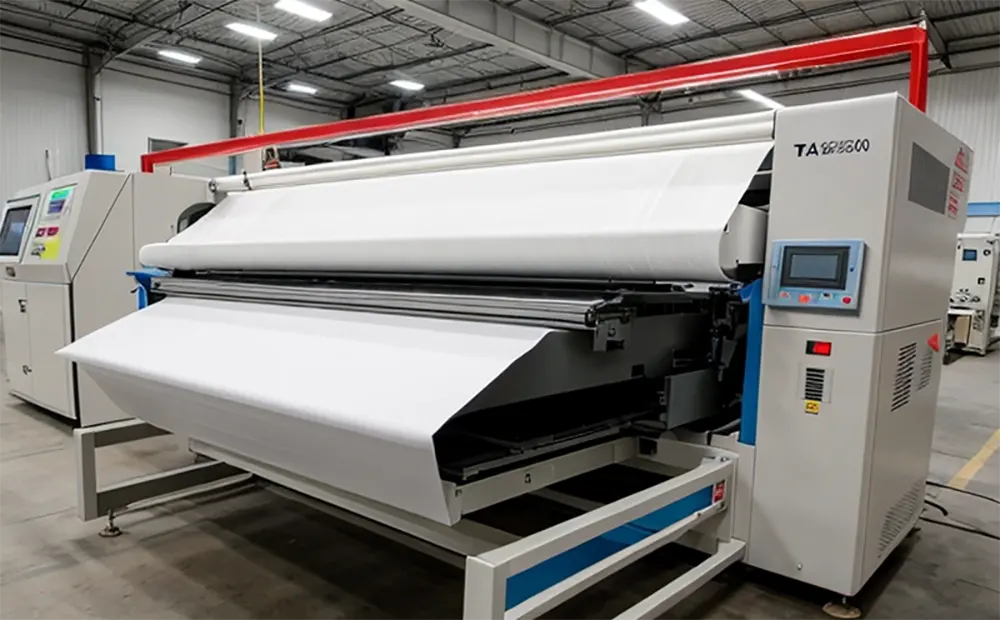
Over the years, MIT has made strides in developing machine-assisted versions of the traditional paper folding test. Some research prototypes utilize AI and pattern recognition to simulate folding tasks digitally, allowing for more precise and objective scoring. While most of these prototypes remain within research labs, their public demos showcase how technology can elevate spatial intelligence testing.
On the commercial front, several products inspired by MIT’s spatial intelligence test have emerged. These include computer-based cognitive tests that offer automated paper folding test scoring and detailed analysis reports. These tools often use AI paper folding solvers and mental paper folding test software to evaluate spatial visualization quickly and accurately.
Real-world applications highlight the effectiveness of machine-driven paper folding tests. Educational institutions report faster assessments with more consistent results, while businesses note improved candidate screening through reliable cognitive assessment tools. This blend of speed and accuracy shows why machine-assisted versions of the MIT paper folding test are gaining traction in US schools and workplaces alike.
Derui’s Commitment to Advanced Cognitive Testing Solutions

At Derui, we embrace cutting-edge technology inspired by the MIT paper folding test to deliver smarter, more efficient cognitive assessments. Our focus is on creating customized solutions that fit the unique needs of schools, businesses, and research institutions across the U.S., helping them measure spatial intelligence with precision and ease.
We combine AI-driven software, automated scoring, and machine learning to build tools that make spatial reasoning tests faster, more accurate, and user-friendly. Our platforms are designed to provide clear insights without the hassle of manual scoring, reducing errors and saving time for administrators.
Looking ahead, Derui is leading innovation in machine-assisted spatial reasoning tests, pushing the boundaries of what’s possible with digital simulations and advanced pattern recognition. We’re focused on seamless machine integration that adapts to future educational and workplace intelligence needs, keeping U.S.-based users at the forefront of cognitive testing technology.
Frequently Asked Questions
What makes the MIT paper folding test unique
The MIT paper folding test stands out for how well it measures spatial intelligence with simple, clear tasks. It focuses on visualizing how paper folds and unfolds, which is key to assessing spatial reasoning. Its design is straightforward yet challenging, making it a trusted tool in education and cognitive assessment.
Is the machine version suitable for all age groups
Yes, the machine-assisted version adapts well to different age groups. It offers user-friendly interfaces and adjusts difficulty levels, making it accessible for students, adults, and even older users. This flexibility ensures reliable results across various testing environments.
How reliable is machine-assisted scoring compared to manual
Machine-assisted scoring is often more accurate and consistent than manual grading. By using pattern recognition and AI algorithms, the scoring process reduces human error and speeds up evaluation. This translates to more reliable results and faster feedback.
Can schools or companies purchase or test such machines
Many educational institutions and businesses can purchase or pilot paper folding test machines, especially those offered by companies like Derui. These tools are designed for easy integration into existing assessment programs, and vendors often provide demos and trials to evaluate fit.
How to get started with Derui’s cognitive testing solutions
To start with Derui’s cognitive testing tools, reach out through their website or local representatives. They’ll help you choose the right system, offer training, and customize solutions based on your needs. Whether for schools or workplaces, Derui makes onboarding smooth and tailored.






